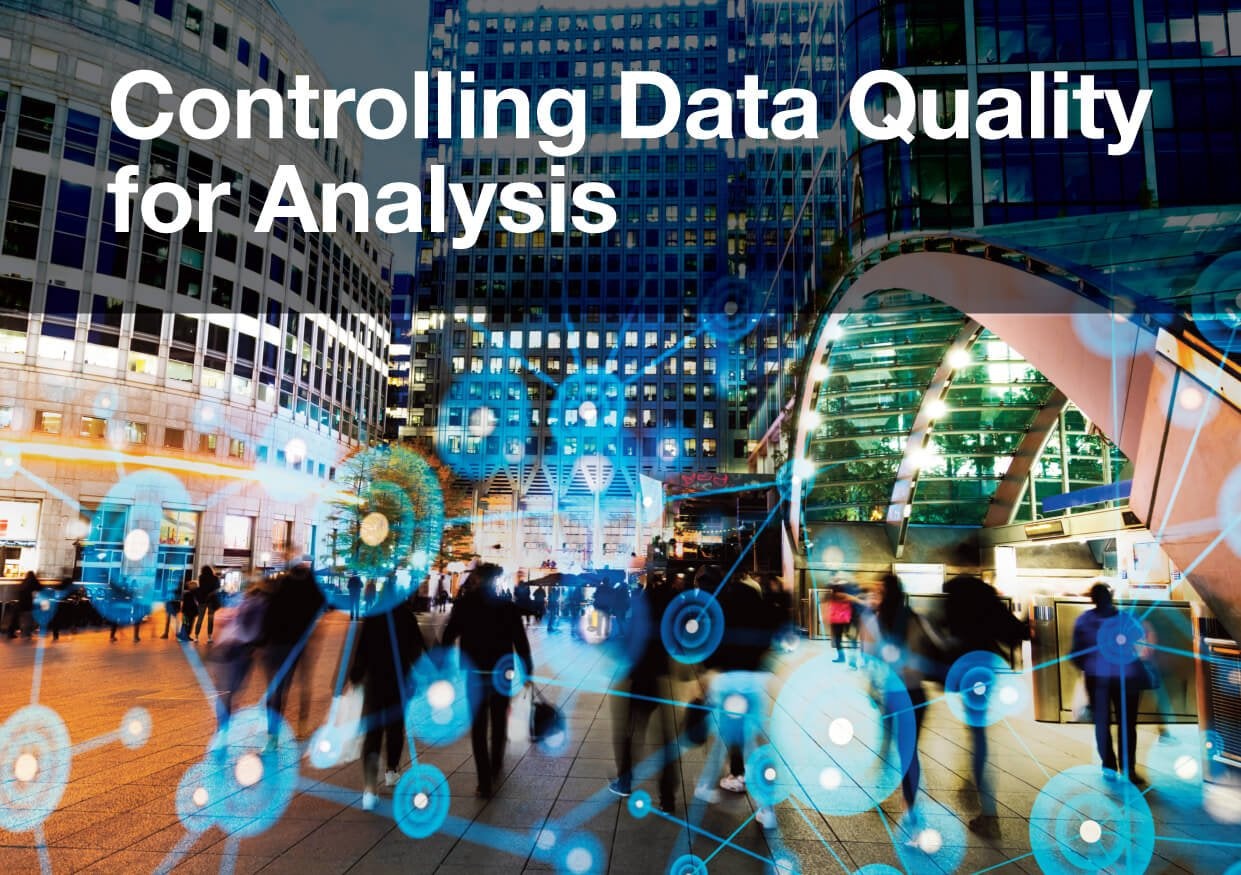Controlling Data Quality for Analysis
As a data driven company, we have always been very positive regarding information collection, Big Data and its analysis.
We have been proactive in keeping up with the latest trends and inventions related to managing data, but as the amount of collected information is continuously growing, we must recognise that not all of it is useful or relevant. As a result, many companies wishing to utilise and make the most of the data collected are instead drowning in the volume that their systems, such as cloud and analytics, have to withstand.
In order to be more efficient and extract maximum value from the collected data, companies would benefit from not only prioritising it, which they are currently doing, but also by separating it into high-quality and low-quality data. Volume does not directly lead to more intelligence, but quality does ensure that the analysis is useful, which is why the disposal of some of the data would not damage the user company, but only enable them to concentrate on what matters.
One of our key objectives is to provide insight, and hence we find that making the distinction between high-quality and low-quality data is incredibly important. Therefore, we would like to highlight some of the methods that can be used for this purpose.
Firstly, it is important to have the right tool and the right team behind that tool. These two components can standardise the type of data that the business processes and recognise important patterns and trends within it. On the other hand, the wrong tools can twist the data, lead to incorrect conclusions and waste countless resources and funding, which could result in a wrong business strategy for the company.
Secondly, it is important to monitor the circumstances around the data and its collection. For companies with sensors placed outside, certain weather conditions such as rain may damage the sensors, whereas for companies that carry out traditional data collection, the data can be interrupted by network problems or hacked (which could easily be avoided by routine checks). Data collection under these circumstances would result in the collection of low-quality data rather than high-quality data.
Finally, it is important to pay attention to the data that is not currently being used. Secure data storage conditions matter for both confidentiality and potential future usage. Without the application of storage security measures, both the threat of losing the data and it leaking to third parties exist, which could prevent any future analysis from being conducted.
When all three of these factors are taken care of, the results from data analysis will be relevant, reliable, and actionable. At Dashboard, we can assist with the data processing element of data collection, as our Analytics team has expertise and knowledge to provide insight and convert numbers into meaningful information.
